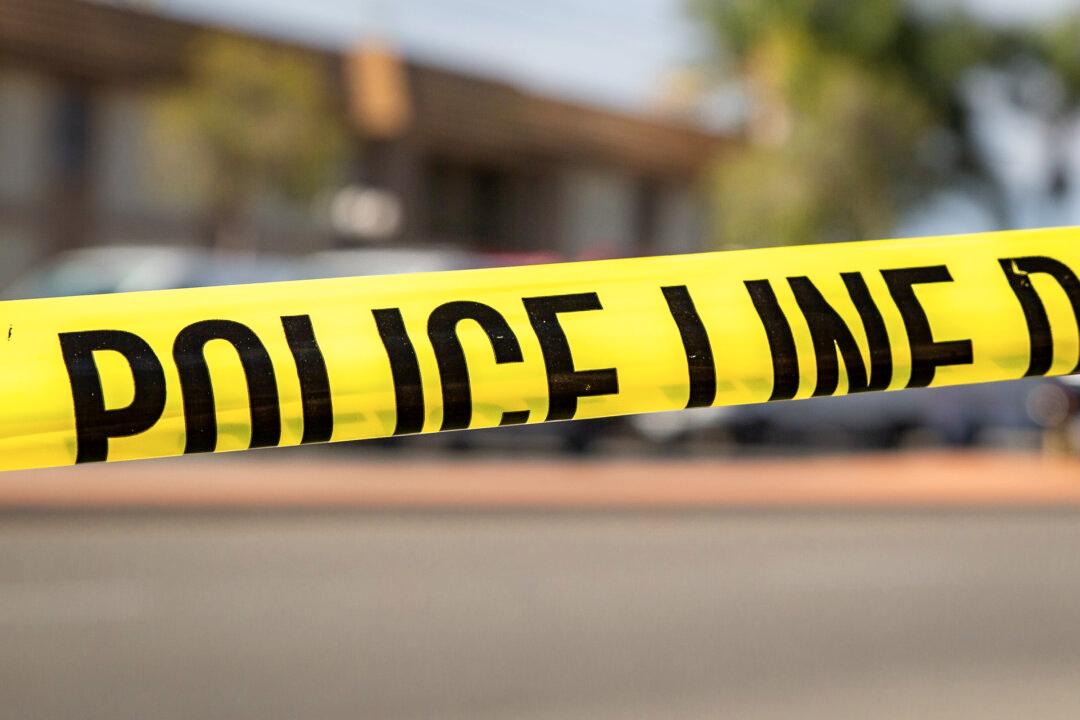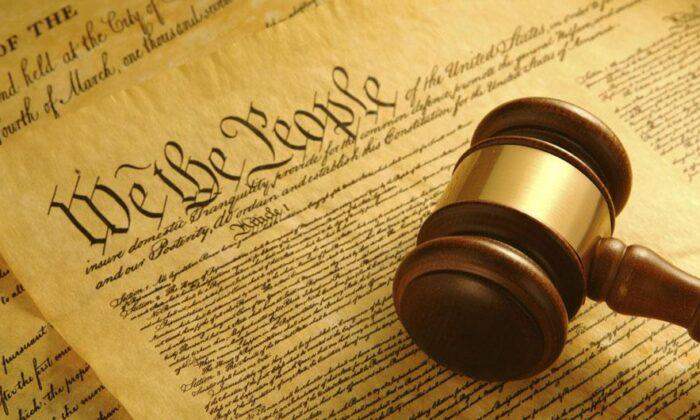The shooting that killed three people and injured another at a Greenwood, Indiana, mall on July 17 drew broad national attention because of how it ended—when 22-year-old Elisjsha Dicken, carrying a licensed handgun, fatally shot the attacker.
“So much of our public understanding of this issue is malformed by this single agency,” notes Theo Wold, former acting assistant attorney general in the U.S. Department of Justice. “When the Bureau gets it so systematically—and persistently—wrong, the cascading effect is incredibly deleterious. The FBI exerts considerable influence over state and local law enforcement and policymakers at all levels of government.”
As many on the left seek more limits on gun ownership and use in response to mass shootings and the uptick in violent crime, and many on the right seek greater access to firearms for protection, the media’s reliance on incomplete statistics in covering incidents such as the one at the Greenwood Park Mall takes on new significance.
The Bureau reports that only 11 of the 252 active shooter incidents it identified for the period 2014–2021 were stopped by an armed citizen. An analysis by my organization identified a total of 281 active shooter incidents during that same period and found that 41 of them were stopped by an armed citizen.
That is, the FBI reported that 4.4 percent of active shooter incidents were thwarted by armed citizens, while the CPRC found 14.6 percent.
Two factors explain this discrepancy—one, misclassified shootings; and two, overlooked incidents. Regarding the former, the CPRC determined that the FBI reports had misclassified five shootings: In two incidents the Bureau notes in its detailed write-up that citizens possessing valid firearms permits confronted the shooters and caused them to flee the scene. However, these cases were not listed as being stopped by armed citizens because the attackers were later apprehended by police. In two other incidents the FBI misidentified armed civilians as armed security personnel. In one incident, the FBI simply failed to mention the citizen engagement at all.
For example, the Bureau’s report about the Dec. 29, 2019 attack on the West Freeway Church of Christ in White Settlement, Texas, that left two men dead does not list this as an incident of “civic engagement” because the perpetrator was fatally shot by a parishioner who had volunteered to provide security during worship. That man, Jack Wilson, told RealClearInvestigations he was not a security professional. He said that 19 to 20 members of the congregation were armed that day, and they didn’t even keep track of who was carrying a concealed weapon.
- An Aug. 31, 2021, incident in Syracuse, New York, in which a property manager pulled out a legally possessed 9mm handgun and fatally wounded a man who opened fire on a crowd outside a building. The district attorney credited the property manager with saving the lives of several individuals.
- An Aug. 11, 2021 incident in San Antonio, Texas, in which a woman who crashed into a parked car in San Antonio’s West Side neighborhood climbed out of her vehicle and began shooting indiscriminately at people who came out of their homes to rush to her aid. An armed resident fired back and shot the driver to death.
- A Feb. 13, 2019 incident in Colonial Heights, Tennessee, in which a man, after killing his wife, turned his gun on others in dental office where she worked. A patient who had a concealed handgun permit holder shot the murderer as he was aiming at another person.
Asked about these discrepancies, the FBI declined to address them. A representative from the Advanced Law Enforcement Rapid Response Training Center, M. Hunter Martindale, suggested that its numbers were not definitive:
“We do appreciate you sending potential active shooter cases for the FBI team to review for inclusion in the active shooter dataset. As promised, I sent the email chain to the FBI team yesterday. As I’m sure you know, the FBI Active Shooter reports are released on an annual basis. My assumption is that any amendment retroactively adding cases would likely be included in a release with the annual report.”
Although collecting such data is fraught with challenges, some see a pattern of distortion in the FBI numbers because the errors almost exclusively go one way, minimizing the life-saving actions of armed citizens.
In its Greenwood article, the Associated Press reported, “From 2000 to 2021, fewer than 3 percent of 433 active attacks in the U.S. ended with a civilian firing back, according to the Advanced Law Enforcement Rapid Response Training Center at Texas State University.”
When my organization emailed Ed White, the AP reporter who wrote that article, about omissions in the Texas State numbers, he responded: ”Our reporting, citing the specific research by Texas State U. over a 20-year period, was accurate. No correction was necessary.”
Carl Moody, a professor at William & Mary who studies mass public shootings, told RCI that such warnings are misleading:
Experts interviewed by the Washington Post and New York Times argue that stopping these attacks should be left to the police. “I think you might get more individuals carrying, sort of primed for something to happen, which is particularly dangerous ... in reality that’s the job of the police,” Indiana University Bloomington law professor Jody Madeira told the Washington Post.

But many in law enforcement disagree. In March 2013, PoliceOne surveyed its 380,000 active-duty and 70,000 retired law enforcement officer members. Eighty-six percent of members believed that casualties from mass public school shootings could be reduced or “avoided altogether” if citizens had carried permitted concealed handguns in those places. Seventy-seven percent supported “arming teachers and/or school administrators who volunteer to carry at their school.” No other policy to protect children and school staff had such widespread support.
“A deputy in uniform has an extremely difficult job in stopping these attacks,” Sarasota County, Florida, Sheriff Kurt Hoffman told RCI. “These terrorists have huge strategic advantages in determining the time and place of attacks. They can wait for a deputy to leave the area, or pick an undefended location. Even when police or deputies are in the right place at the right time, those in uniform who can be readily identified as guards may as well be holding up neon signs saying, ‘Shoot me first.’ My deputies know that we cannot be everywhere.”
The FBI’s active shooting reports do not mention whether the attacks occur in gun-free zones. “The issue is that when places are posted as gun-free zones, law-abiding citizens obey those rules and would be unable to stop the attacks in those areas,” notes Professor Moody.






